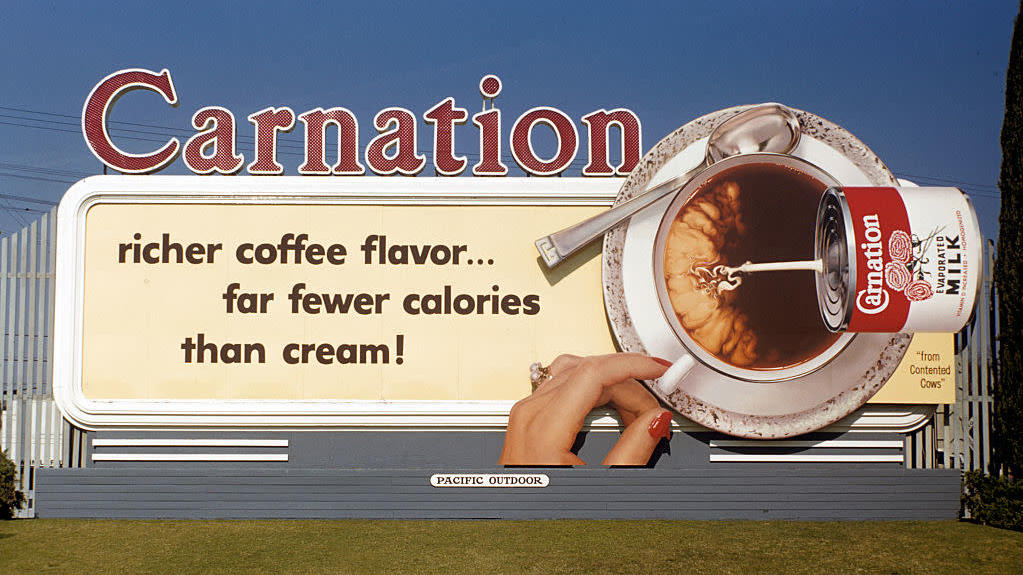Why Does This Recipe Call For Evaporated Milk?
For all the virtues evaporated milk possesses, for most people, it's simply a can that lies in wait in the deepest recesses of your cabinets, waiting for a recipe to come along that demands its inclusion. Likewise, you might assume that there is always a can waiting in the wings, even if you've never purchased evaporated milk in your life. It's just one of those things you expect to be there no matter what, like white rice or Worcestershire sauce. And then comes the day when your recipe actually calls for evaporated milk, you reach in the cupboard to grab a can, and find... nothing, because you've never actually purchased evaporated milk. You took its presence for granted and now you're lost, adrift in a sea of doubt and worry.
What is evaporated milk?
Evaporated milk is simply milk that's been boiled until about 60% of its water content has evaporated. Truth in advertising!
When it was invented in the 1850s, evaporated milk was meant as a way to prevent milk from spoiling in the pre-refrigeration era, not only in home kitchens, but all across the supply chain. Mixed with water, it became a nutritious glass of milk that was both unspoiled and free of contaminants and disease. Though home refrigeration has made evaporated milk less of a necessity in many places, it remains popular in countries where cattle can't be raised for dairy production, like in the island nations of the Caribbean and Southeast Asia.
As with any concentrated liquid, evaporated milk is much thicker than regular milk, which is why it's a popular coffee creamer. In cooking, it's used to add the flavor and richness of milk to dishes (such as soups, sauces, and baked goods) without watering them down.
What works as an evaporated milk substitute?
The most obvious answer is to make your own evaporated milk by boiling down whole milk until it reduces by about two-thirds. It's really that easy.
But let's say you don't have any milk. If you have heavy cream or half and half, those can act as 1:1 substitutions, as their consistencies are a bit more viscous than milk. However, they will not taste the same as if you use evaporated milk, and they will also, obviously, be richer. That's not always a bad thing—in fact, you might find you prefer using them in certain recipes—but it's just something to be aware of.
